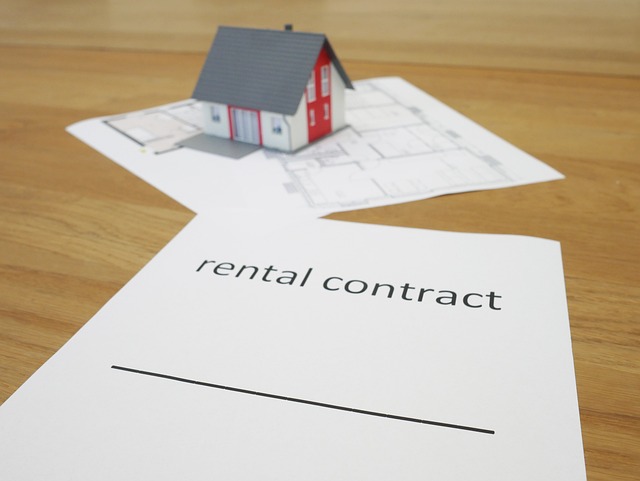Maintenance checklist for small on-property rental spaces
Small on-property rental spaces like backyard guesthouses, granny flats, and tiny homes require regular maintenance to remain safe, attractive, and compliant with local rules. A clear, routine checklist helps owners protect their investment, reduce emergency repairs, and offer reliable accommodations for renters or family members. This overview outlines practical tasks and considerations to keep these compact units functioning well year-round.

Backyard site and exterior upkeep
Regular exterior care preserves curb appeal and prevents costly damage. For a backyard unit, inspect roofing, siding, and exterior paint at least once a year; look for loose shingles, cracked siding, or peeling finishes. Maintain gutters and downspouts to ensure proper drainage away from the foundation of the guesthouse or grannyflat. Keep vegetation trimmed so roots don’t threaten foundations and to limit pest access. Check exterior lighting and locks, clear pathways, and address drainage pooling or erosion. Seasonal checks before wet or cold months reduce the risk of water intrusion and structural problems.
Guesthouse systems: plumbing and HVAC checks
Mechanical systems need scheduled attention to avoid disruptions. Test HVAC systems and replace filters every 3 months during heavy use; arrange professional tune-ups annually for efficient operation. Inspect visible plumbing for leaks, drips, and corrosion, and test water pressure and drainage. Flush water heaters per manufacturer guidance and check pressure relief valves. Consider a simple leak-detection device or shutoff plan for unattended units. Verify that vents, exhaust fans, and carbon monoxide alarms are working and that sewer cleanouts remain accessible to reduce emergency repair costs.
Granny flat and tinyhome interior maintenance
Inside small units, attention to finishes and moisture control is essential. Monitor grout and caulking in bathrooms and kitchens to prevent water damage, and re-seal as needed. Check windows and doors for weatherstripping integrity to maintain comfort and reduce energy costs. Inspect flooring for wear, and address squeaks, gaps, or lifted planks promptly. Keep ventilation adequate to avoid mold—especially in tinyhome designs where space is limited. Maintain appliances per manufacturer recommendations and replace filters on range hoods and dryers to ensure safe, efficient operation.
In-law unit compliance: zoning and permitting
Staying compliant protects you and your tenants. Confirm that the inlaw unit remains within local zoning limits, occupancy rules, and any permitting conditions established during conversion or construction. Keep copies of permits and inspection reports on file and schedule periodic inspections when required by local regulations. Understand short-term rental rules in your area if you rent the unit commercially, and maintain smoke detectors, means of egress, and other safety features that inspectors look for. When in doubt, consult local services or a permitting office in your area for updates or changes to regulations.
Conversion, construction, and design longevity
Thoughtful construction and design choices reduce long-term maintenance. After a conversion or new construction, retain warranties and contractor contact information, and follow recommended maintenance schedules for installed systems. Use durable materials suited to the climate—moisture-resistant sheathing, quality flashing, and appropriate insulation—and address settling or minor cracks early. Design choices such as accessible service panels, clear mechanical closets, and easy-to-clean surfaces simplify routine work. Keep a record of upgrades and renovations to inform future maintenance planning and resale documentation.
Financing, sustainability, and ongoing costs
Budgeting for ongoing maintenance protects cash flow and unit value. Establish a reserve fund for routine upkeep and unexpected repairs; a common guideline is 1–2% of the unit’s replacement value annually, adjusted for age and material quality. Consider energy-efficiency upgrades—LED lighting, efficient HVAC, and water-saving fixtures—to lower operating costs. Evaluate sustainability options like insulation upgrades or solar-ready roofs during major repairs. Track utility usage trends to spot issues early and review financing or refinancing options if larger rehabilitation is needed to spread costs over time.
Conclusion
A systematic maintenance checklist tailored to backyard guesthouses, granny flats, and tiny homes keeps units safe, functional, and compliant. Regular exterior and interior inspections, attention to mechanical systems, adherence to zoning and permitting requirements, and planning for construction quality and financing needs build long-term resilience. Consistent record-keeping and a modest reserve for repairs help owners manage costs and preserve the rental space’s usability for occupants and family members.



